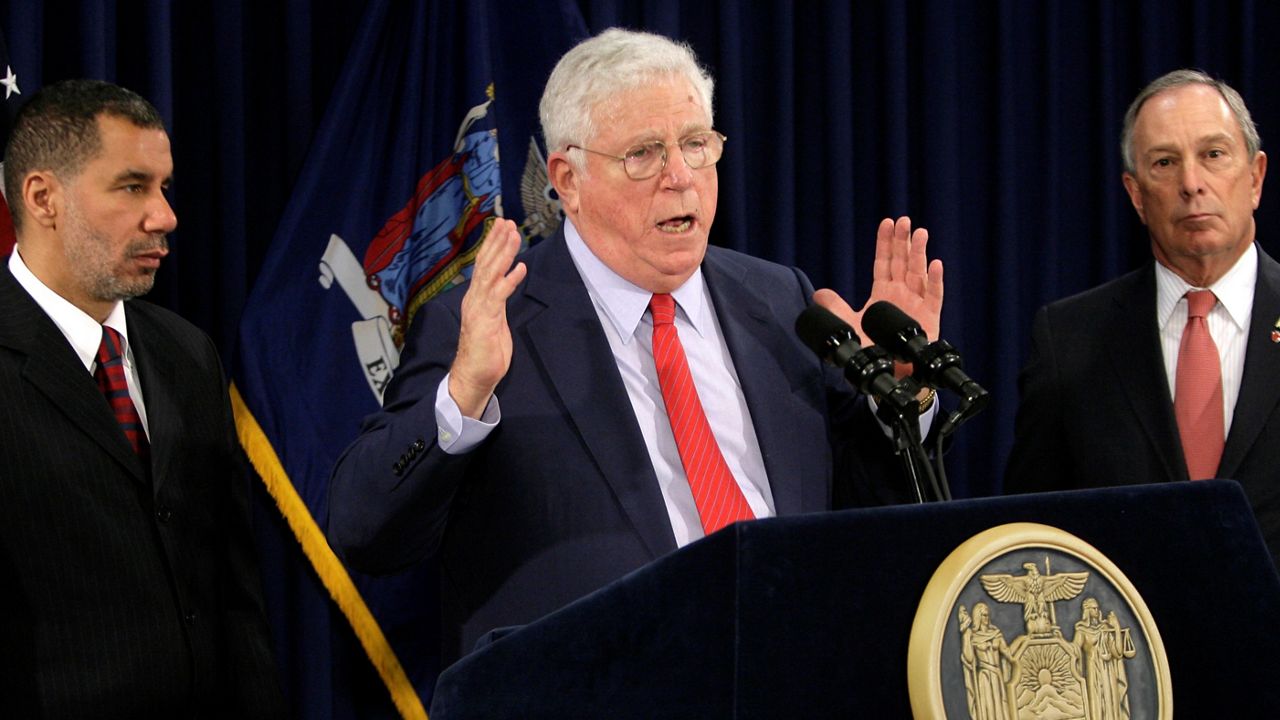“The city’s clamor can never spoil the dreams of a boy and goil. We’ll turn Manhattan into an isle of joy.” – Lorenz & Hart
The first election I ever covered was the race for mayor in 1989 when there was an intense focus on Mayor Ed Koch’s epic primary battle with challenger David Dinkins. Working for my college paper, I tried to learn about the two other Democratic candidates on the ballot, City Comptroller Harrison Goldin and Richard Ravitch.
“Who’s Ravitch?”, I asked my 21-year-old editor, who was two years my senior and, therefore, vastly more experienced.
“He helped saved the city and then he saved the subways,” came the quick reply.
My editor was barely old enough to drink, but he gave the perfect summary of Ravitch’s career to that point.
While Ravitch’s mayoral campaign won almost nothing beyond the endorsement of The New York Daily News, his life was filled with victories, saving Gotham during the fiscal crisis of the 1970s and then resuscitating a dying mass-transit system when he ran the Metropolitan Transportation Authority for four years. The final public cherry on top of Ravitch’s massive career sundae was becoming lieutenant governor under David Paterson, who was desperately trying to add some gravitas to his troubled administration.
Looking back, it would be unfair to call Ravitch an all-star political utility infielder for New York because that would limit his scope. He eluded widespread fame because people rarely pay attention to the man behind the curtain.
Ravitch, who died over the weekend, helped run his family business, HRH Construction, which built a wide array of projects in New York from Trump Village in Brooklyn to the Whitney Museum’s old home on the Upper East Side. Waterside Plaza and Manhattan Plaza—mini-neighborhoods unto themselves—were also built by HRH.
But it was politics that was Ravitch’s real love, and it was his leadership of the state’s Urban Development Corporation under Gov. Hugh Carey that won him widespread praise and then turned him into a major player during the city’s fiscal crisis.
His “reward” for all of that by Carey was the MTA and a subway system that literally was running off the rails. One of the most important mass-transit turnarounds came under Ravitch, with the financial backing of Carey and the state. While Carey left office with a struggling political stock, history has been kind to the former governor, with his biographers dubbing him “The Man Who Saved New York.”
As he got older, Ravitch served as an elder New York statesman, telephoning political players with his cigarette-gravelly voice: “Dick Ravitch here.” Unafraid of life’s vices, Ravitch loved a good story and a good meal; one of his favorite restaurants was Peter Luger Steak House in Brooklyn, where he was actually sworn into office as lieutenant governor in 2009.
While Paterson later said he regretted appointing Ravitch to the job, it was arguably one of Paterson’s wisest moves in his accidental tenure filled with missteps.
Ravitch easily could have counted his family’s money and spent his career as a real-estate tycoon. But it was his love of New York and politics that motivated him far beyond the almighty dollar, and we all benefited from that affection. Have a steak and a cocktail in his honor or, God forbid, some tofu and a smoothie. He’d just laugh.



